Home>Garden Essentials>How And When To Plant Sunflower Seeds
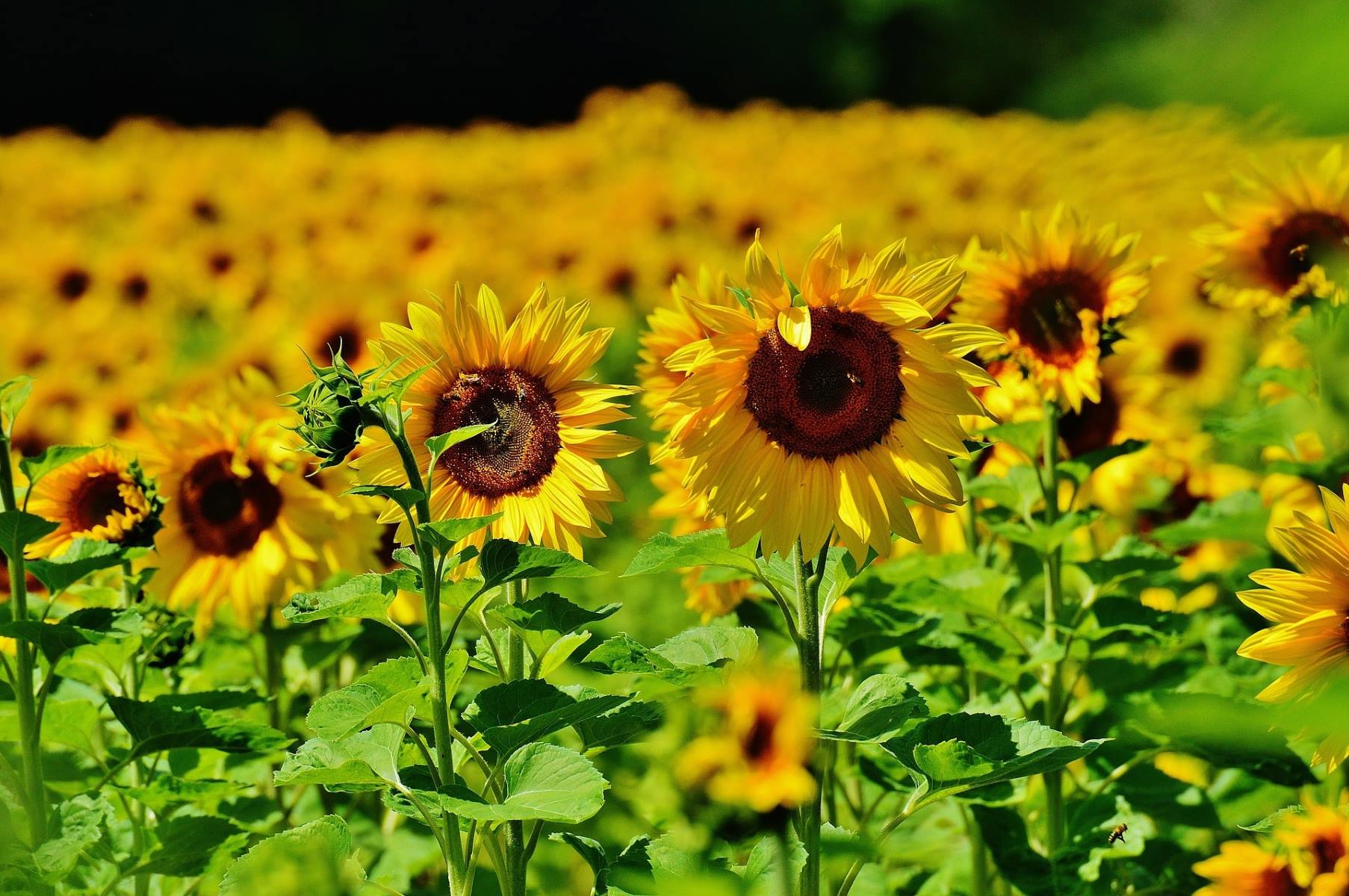

Garden Essentials
How And When To Plant Sunflower Seeds
Modified: March 16, 2024
Learn how and when to plant sunflower seeds in your garden for a vibrant floral display. Follow our expert tips for successful sunflower cultivation.
(Many of the links in this article redirect to a specific reviewed product. Your purchase of these products through affiliate links helps to generate commission for Storables.com, at no extra cost. Learn more)
Introduction
Welcome to the wonderful world of sunflowers! These magnificent flowers with their vibrant colors and impressive heights can bring beauty and joy to any garden. Whether you’re a seasoned gardener or just starting out, planting sunflower seeds is a rewarding and enjoyable experience.
In this article, we will dive into the process of planting sunflower seeds, from choosing the right seeds to harvesting your own sunflower seeds. Along the way, we will provide valuable tips and insights to help you achieve success in growing these stunning flowers.
Sunflowers, scientifically known as Helianthus annuus, are native to North and Central America. They are famous for their large, daisy-like flower heads and tall, sturdy stalks. Sunflowers come in a variety of colors, including yellow, orange, red, and even bi-colored combinations.
Not only are sunflowers beautiful, but they also serve several practical purposes. They attract beneficial pollinators like bees and butterflies, while their seeds can be harvested for culinary use or as a sustainable source of birdseed.
So, if you’re ready to embark on an exciting gardening adventure, let’s dig in and learn how and when to plant sunflower seeds!
Key Takeaways:
- Planting sunflower seeds requires choosing the right variety, preparing the soil, and selecting a sunny, spacious location. Proper care and timing lead to a bountiful harvest of vibrant, joy-inducing sunflowers.
- Protect sunflower plants from pests and diseases by monitoring, providing proper care, and implementing proactive measures. Harvesting sunflower seeds allows for enjoyment and future planting, adding to the joy of growing sunflowers.
Read more: When Should Sunflower Seeds Be Planted
Choosing the Right Sunflower Seeds
When it comes to selecting sunflower seeds for planting, there are a few key factors to consider. The variety, size, and purpose of the sunflowers will influence your decision. Here are some important considerations to keep in mind:
- Sunflower Variety: There are different types of sunflowers available, each with its own unique characteristics. Determine whether you prefer branching sunflowers that produce multiple smaller blooms or single-stemmed sunflowers that produce one large flower. You can also choose from a variety of colors and petal arrangements.
- Size: Pay attention to the final height and spread of the sunflower plants. Some sunflower varieties can grow up to 12 feet tall, while others stay compact at just a few feet. Consider your available space and the overall aesthetic you want to achieve when selecting the size of your sunflowers.
- Purpose: Think about your objectives for planting sunflowers. Are you looking to create a beautiful display in your garden? Do you want to attract beneficial insects to promote pollination? Are you interested in harvesting the seeds for culinary or bird-feeding purposes? Understanding your purpose will help you choose the right sunflower variety.
Once you have a clear understanding of your preferences and goals, it’s time to find a reputable seed supplier. Look for companies that specialize in high-quality seeds, offering a wide variety of sunflower options. Read customer reviews and ratings to ensure you’re purchasing seeds from a trustworthy source.
When purchasing sunflower seeds, consider buying a few extra packets to have backups in case some fail to germinate or become damaged. This will also give you the opportunity to experiment with different varieties and colors, adding more diversity to your garden.
Remember, choosing the right sunflower seeds is the first step towards a successful growing experience. So take your time, do your research, and select seeds that align with your vision for your sunflower garden!
Preparing the Soil
Before you begin planting sunflower seeds, it’s important to prepare the soil properly to provide the best conditions for germination and growth. Here are some steps to follow when preparing your soil:
- Clear the Area: Start by removing any weeds, rocks, or debris from the area where you plan to plant your sunflowers. This will prevent competition for nutrients and create a clean space for your sunflower plants to thrive.
- Loosen the Soil: Sunflowers prefer well-draining soil, so it’s important to loosen the soil to improve its texture and allow for proper root development. Use a garden fork or a tiller to break up any compacted soil and remove any large clumps.
- Add Organic Matter: Incorporating organic matter into the soil will enhance its fertility and moisture-retaining capacity. Mix in compost, well-rotted manure, or aged leaf mold to improve the soil’s nutrient content and structure. Aim for a 2-4 inch layer of organic matter that is evenly distributed throughout the planting area.
- Test the Soil pH: Sunflowers thrive in slightly acidic to neutral soil with a pH range between 6.0 and 7.5. Use a soil testing kit to determine the pH level of your soil. If the pH is too high or too low, you can adjust it by adding amendments such as garden lime to raise the pH or sulfur to lower it.
- Provide Drainage: While sunflowers prefer well-draining soil, they also require consistent moisture throughout their growing season. If your soil has poor drainage, consider incorporating sand or perlite to improve water movement. This will prevent waterlogged conditions that can lead to root rot.
Once you have completed these steps, give the soil a final rake to remove any remaining debris and create a smooth surface. The soil is now ready for planting sunflower seeds!
Remember, proper soil preparation is crucial for healthy sunflower growth and development. Take the time to prepare the soil adequately, and you’ll be rewarded with vibrant and thriving sunflower plants in your garden.
Selecting the Planting Location
Choosing the right location for planting your sunflower seeds is essential for their growth and overall success. Here are some factors to consider when selecting the planting location:
Sunlight: Sunflowers are sun-loving plants, so it’s important to choose a location that receives at least 6 to 8 hours of direct sunlight each day. Find an area in your garden that is free from large trees or structures that may cast shade on the sunflowers.
Soil Quality: Sunflowers can adapt to different soil types, but they prefer well-draining soil with a good nutrient composition. Choose a location with fertile soil that has been amended with organic matter to provide optimal growing conditions for your sunflowers.
Wind Exposure: Consider the wind patterns in your garden. While sunflowers are relatively sturdy, strong winds can damage their tall stalks and cause them to topple over. If your garden is prone to strong winds, consider planting sunflowers near a fence or hedge to provide some protection.
Space Availability: Sunflowers can spread out and require enough space to grow and reach their full potential. Choose a location that offers enough room for the sunflower plants to grow vertically without crowding other plants or structures nearby.
Aesthetics: Sunflowers can add beauty and visual impact to your garden. Consider the overall design and aesthetics of your garden when selecting a planting location. You may want to plant sunflowers as a backdrop to other flowers or as a focal point in a specific area of your garden.
Pollinators: Sunflowers are loved by bees, butterflies, and other pollinators. If you want to attract these beneficial insects to your garden, choose a planting location that is easily accessible to them. Placing sunflowers near other flowering plants can create a pollinator-friendly environment.
By considering these factors, you can select the perfect location for your sunflowers. Once you’ve found the ideal spot, prepare the soil and get ready to plant your sunflower seeds for a breathtaking display of color and beauty in your garden!
Determining the Planting Time
Determining the right planting time for your sunflower seeds is crucial for their successful germination and growth. The timing will depend on your climate and the specific variety of sunflowers you’re planting. Here are some factors to consider when determining the planting time:
Frost-Free Date: Sunflowers are warm-season plants and are susceptible to frost damage. It’s important to wait until the threat of frost has passed before planting your sunflower seeds. Determine the average last frost date in your area and plan to plant your sunflowers after that date.
Soil Temperature: Sunflowers thrive in warm soil, so it’s important to wait until the soil has warmed up before planting your seeds. The ideal soil temperature for sunflower germination is around 55 to 70 degrees Fahrenheit (12 to 21 degrees Celsius). Use a soil thermometer to check the temperature of the soil before planting.
Seedling Growth: Sunflower seeds germinate relatively quickly, usually within 7 to 10 days. However, it’s essential to give the seedlings enough time to establish themselves before the harsh conditions of summer or strong winds. Plant your sunflower seeds early enough so that the seedlings have sufficient time to grow and develop before extreme weather arrives.
Successive Planting: If you want to enjoy sunflowers throughout the entire growing season, consider successive planting. This involves planting new batches of sunflower seeds every few weeks. By staggering the planting, you can ensure a continuous supply of sunflowers that bloom at different times.
Specific Sunflower Variety: Different sunflower varieties have different maturity periods. Typically, sunflowers take around 70 to 100 days from planting to reach full maturity and bloom. Consider the specific variety’s maturation period and count backward from your desired bloom time to determine the planting time.
By considering these factors and understanding the specific requirements of your sunflower variety, you can determine the optimal planting time. Remember to check local weather conditions, consult gardening resources, and observe the growth patterns in your region for more specific guidance.
Once the planting time arrives, get ready to sow your sunflower seeds and watch these vibrant flowers come to life in your garden!
Plant sunflower seeds in well-drained soil after the last frost. Choose a sunny spot and sow the seeds 1 inch deep and 6 inches apart. Water regularly and watch them grow!
Read more: When To Plant Sunflower Seeds In Ohio
Planting Sunflower Seeds
Now it’s time to get your hands dirty and plant those sunflower seeds! Follow these steps to ensure successful planting and germination:
- Prepare the Soil: As mentioned earlier, ensure that the soil is well-prepared by clearing debris, loosening the soil, and adding organic matter. Level the soil surface using a rake.
- Sow the Seeds: Dig small holes in the soil, about 1 inch deep. Space the holes based on the specific variety’s planting recommendations, usually between 6 to 12 inches apart. Drop one or two sunflower seeds in each hole and cover them with soil, gently patting it down.
- Water the Seeds: After planting, water the soil thoroughly but gently to ensure good seed-to-soil contact. Use a watering can or gentle sprinkler to avoid washing away the seeds. Keep the soil moist, but not soaking wet, throughout the germination period.
- Provide Support: If you’re growing tall sunflower varieties, consider providing support for the plants as they grow. You can insert stakes or bamboo canes near the seedlings and loosely tie them for support, preventing them from bending or breaking in strong winds.
- Protect from Pests: To protect your sunflower seeds from birds and squirrels, you can cover the planting area with a temporary mesh or netting until the seeds germinate. Remove the protective covering once the seedlings emerge.
Keep an eye on the soil moisture and make sure it remains consistently moist during the germination phase, which typically takes around 7 to 14 days. As the seedlings grow, thin them out if needed, leaving only the strongest and healthiest plants to ensure adequate space and resources for growth.
Once your sunflower seedlings have reached a height of 6 inches or so, you can reduce the watering frequency, as sunflowers are relatively drought-tolerant. However, continue to monitor the soil moisture and water as needed, especially during prolonged dry spells.
With proper care and attention, your sunflower seeds will germinate and transform into beautiful plants that will bring joy to your garden. Get ready to witness the incredible growth of these majestic flowers!
Caring for Sunflower Seedlings
Congratulations on successfully planting your sunflower seeds and watching them sprout into seedlings! Now it’s time to provide proper care and attention to ensure the healthy growth and development of your sunflower plants. Here are some essential tips for caring for sunflower seedlings:
- Watering: Water your sunflower seedlings regularly, providing enough moisture to keep the soil evenly moist but not waterlogged. Water deeply at the base of the plants to encourage deep root growth. Avoid overhead watering, as wet foliage can promote the growth of fungal diseases.
- Fertilizing: Sunflowers are generally low-maintenance plants and don’t require heavy fertilization. However, you can give them a boost by applying a balanced, slow-release fertilizer or a compost tea solution once or twice during the growing season. Follow the package instructions for proper application and dosage.
- Support: As your sunflower seedlings grow taller, they may need additional support to prevent them from bending or breaking in strong winds. Use stakes or bamboo canes and loosely tie the stems to provide support. Be gentle when tying to avoid damaging the plants.
- Weed Control: Regularly weed the area around your sunflower seedlings to prevent competition for nutrients and moisture. Be careful when pulling weeds to avoid disturbing the delicate sunflower roots. Mulching around the plants can also help suppress weed growth.
- Pest Management: Keep a watchful eye for common pests that may attack sunflowers, such as aphids, slugs, caterpillars, and birds. Use organic pest control methods like handpicking, neem oil sprays, or introducing beneficial insects to keep pest populations in check. Protect your sunflowers from birds by using nets or scare devices if necessary.
- Pruning: As your sunflower plants mature, you may need to prune them to maintain an aesthetic shape or remove any dead or damaged leaves or flowers. Use clean pruning shears and make clean cuts just above a set of leaves or a side branch.
- Monitor for Diseases: Keep an eye on your sunflower plants for any signs of diseases, such as powdery mildew or rust. Remove any infected leaves or plants to prevent the spread of disease. Provide adequate spacing between plants to promote good airflow and reduce the risk of fungal infections.
By following these care guidelines, you will ensure the health and vitality of your sunflower seedlings. Show them love and attention, and soon you will be rewarded with towering sunflower blooms that bring beauty and joy to your garden!
Protecting Sunflower Plants from Pests and Diseases
While sunflowers are generally resilient plants, they can still fall victim to pests and diseases. To ensure the health and vitality of your sunflower plants, it’s important to take proactive measures to protect them. Here are some effective ways to protect your sunflower plants from common pests and diseases:
1. Pest Prevention:
- Monitor your sunflower plants regularly for signs of pests such as aphids, snails, slugs, and caterpillars. Inspect the leaves, stems, and flower heads for any visible damage or presence of insects.
- Remove weeds and debris around your sunflowers, as they can attract pests and provide hiding places for them. Regularly clean the garden area to eliminate potential pest habitats.
- Introduce beneficial insects like ladybugs, lacewings, and wasps, which feed on common sunflower pests. You can attract these insects by planting companion plants like marigolds or alyssum nearby.
- Consider using organic pest control methods like neem oil sprays, insecticidal soaps, or homemade remedies to deter pests. Always follow the instructions on the product label and be cautious not to harm beneficial insects or the environment.
2. Disease Management:
- Ensure that your sunflower plants have adequate spacing to promote good airflow, as overcrowding can create conditions favorable for diseases.
- Water your sunflowers at the base of the plants, avoiding overhead watering, as wet foliage can contribute to the development of fungal diseases. Water in the early morning to allow leaves to dry out during the day.
- Regularly remove any dead or diseased leaves, flower heads, or stems from your sunflower plants. Dispose of them properly to prevent the spread of disease.
- If you notice signs of disease, such as powdery mildew or rust, use organic fungicides or homemade remedies like a mixture of baking soda and water to minimize the spread of the disease. Remember to follow the instructions on the product label or recipe.
3. Bird Protection:
- Birds can be attracted to sunflower plants, especially when the seeds start to develop. To prevent birds from devouring your sunflower seeds, cover the flower heads with breathable bird netting or place scare devices like reflective tape or owl decoys in the garden.
- Alternatively, consider planting an extra row of sunflowers specifically for the birds, allowing them to enjoy their share while protecting the rest of your sunflower crop.
By implementing these pest and disease management strategies, you can protect your sunflower plants and ensure their healthy growth. Regular observation and proactive measures will help you maintain vibrant and thriving sunflowers throughout the growing season.
Harvesting Sunflower Seeds
One of the most exciting parts of growing sunflowers is the opportunity to harvest their seeds. Harvesting sunflower seeds allows you to enjoy the fruits of your labor and provides a sustainable source of seeds for future planting or culinary use. Here is a step-by-step guide on how to harvest sunflower seeds:
- Timing: Determine the right time to harvest your sunflower seeds. Wait until the back of the flower head turns yellow or brown, and the petals have dried and fallen off. The seeds should be plump and fully developed.
- Prepare Tools: Gather a pair of pruning shears or sharp scissors, a bucket or large bag to catch the seed heads, and a cloth or tarp to collect the seeds.
- Remove the Heads: Using the pruning shears or scissors, cut the sunflower heads from the stalks, leaving a few inches of stem attached to the head. Place the harvested heads in the bucket or bag for transport.
- Drying the Heads: Hang the sunflower heads upside down in a dry, well-ventilated area, such as a garage or shed. Make sure to protect them from rain or excessive moisture. Allow the heads to dry for about two weeks or until the seeds are completely dry and easily detach from the flower head.
- Extracting the Seeds: Once the heads are dry, it’s time to remove the seeds. Lay a cloth or tarp on a flat surface and place the sunflower head facing down. Use your hands or a fork to rub or comb the seeds off the head. Gently separate the seeds from any remaining plant material.
- Cleaning the Seeds: To remove any remaining debris or chaff, place the seeds in a large bowl and fill it with water. Stir the seeds around and allow any lighter particles to float to the top. Skim off the floating debris and drain the water. Rinse the seeds thoroughly and spread them out on a clean towel or paper towel to dry completely.
- Storage: Once the seeds are fully dry, transfer them to an airtight container, such as a glass jar or a plastic bag, and store them in a cool, dry place. Make sure the container is free from moisture and pests. Properly stored sunflower seeds can remain viable for planting for up to a year.
Harvesting sunflower seeds is not only rewarding but also gives you the opportunity to enjoy delicious roasted sunflower seeds or use them in various recipes. Remember to save some seeds for next year’s planting and share the joy of growing sunflowers with family and friends.
Now that you know how to harvest sunflower seeds, get ready to indulge in the delightful fruits of your labor and continue your sunflower growing journey!
Read more: When Can You Plant Sunflower Seeds
Conclusion
Congratulations! You have now learned the ins and outs of planting, caring for, and harvesting sunflower seeds. By following the steps outlined in this article, you can enjoy the beauty of these magnificent flowers and reap the rewards of your efforts. Sunflowers bring vibrancy, joy, and a touch of nature’s splendor to any garden.
From choosing the right sunflower seeds to preparing the soil, selecting the planting location, and determining the optimal planting time, each step plays a crucial role in the success of your sunflower garden. Caring for sunflower seedlings involves proper watering, fertilizing, pest management, and disease prevention.
The process culminates in the exciting harvest of sunflower seeds, which can be used for planting in future seasons or enjoyed as a tasty and nutritious snack. The journey of growing sunflowers is not only a rewarding experience for you but also beneficial for pollinators and the environment.
Remember to be mindful of your local climate, adjust your planting and care techniques accordingly, and stay attuned to the specific characteristics and needs of the sunflower varieties you choose to grow. Stay vigilant about pest control and disease prevention to ensure the health and vitality of your sunflower plants.
Whether you’re a seasoned gardener or a beginner with a green thumb, growing sunflowers is a delightful and fulfilling endeavor. The towering beauty, vibrant colors, and the abundance of seeds will bring you joy and admiration from all who see your sunflower garden.
So, gather your gardening tools, choose your favorite sunflower varieties, and embark on a journey filled with growth, beauty, and natural wonders. Enjoy the process of planting, caring for, and watching your sunflowers thrive. Let the bright faces of these magnificent flowers bring sunshine to your garden and your heart.
Happy gardening and may your sunflower garden bloom with joy and success!
Frequently Asked Questions about How And When To Plant Sunflower Seeds
Was this page helpful?
At Storables.com, we guarantee accurate and reliable information. Our content, validated by Expert Board Contributors, is crafted following stringent Editorial Policies. We're committed to providing you with well-researched, expert-backed insights for all your informational needs.
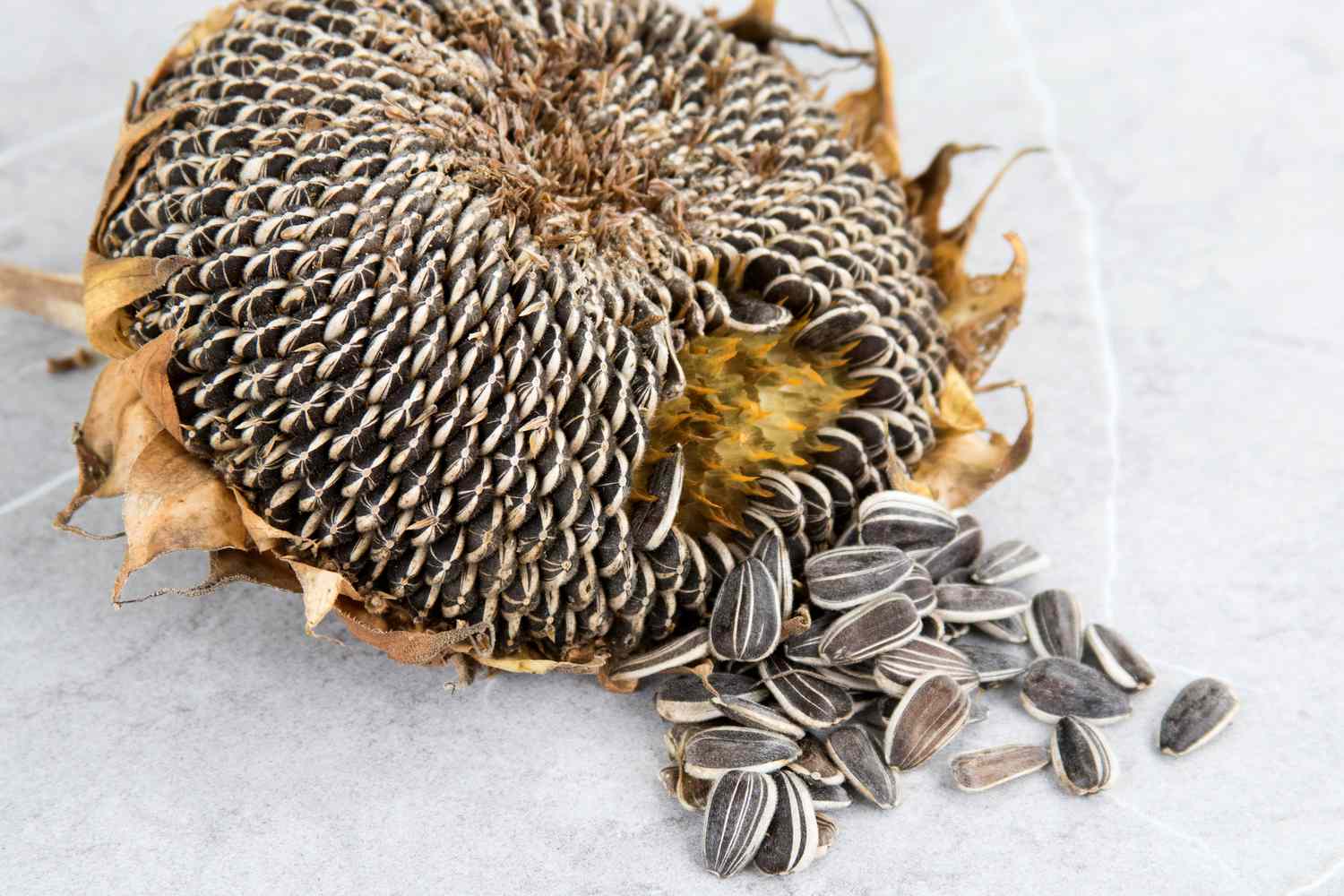
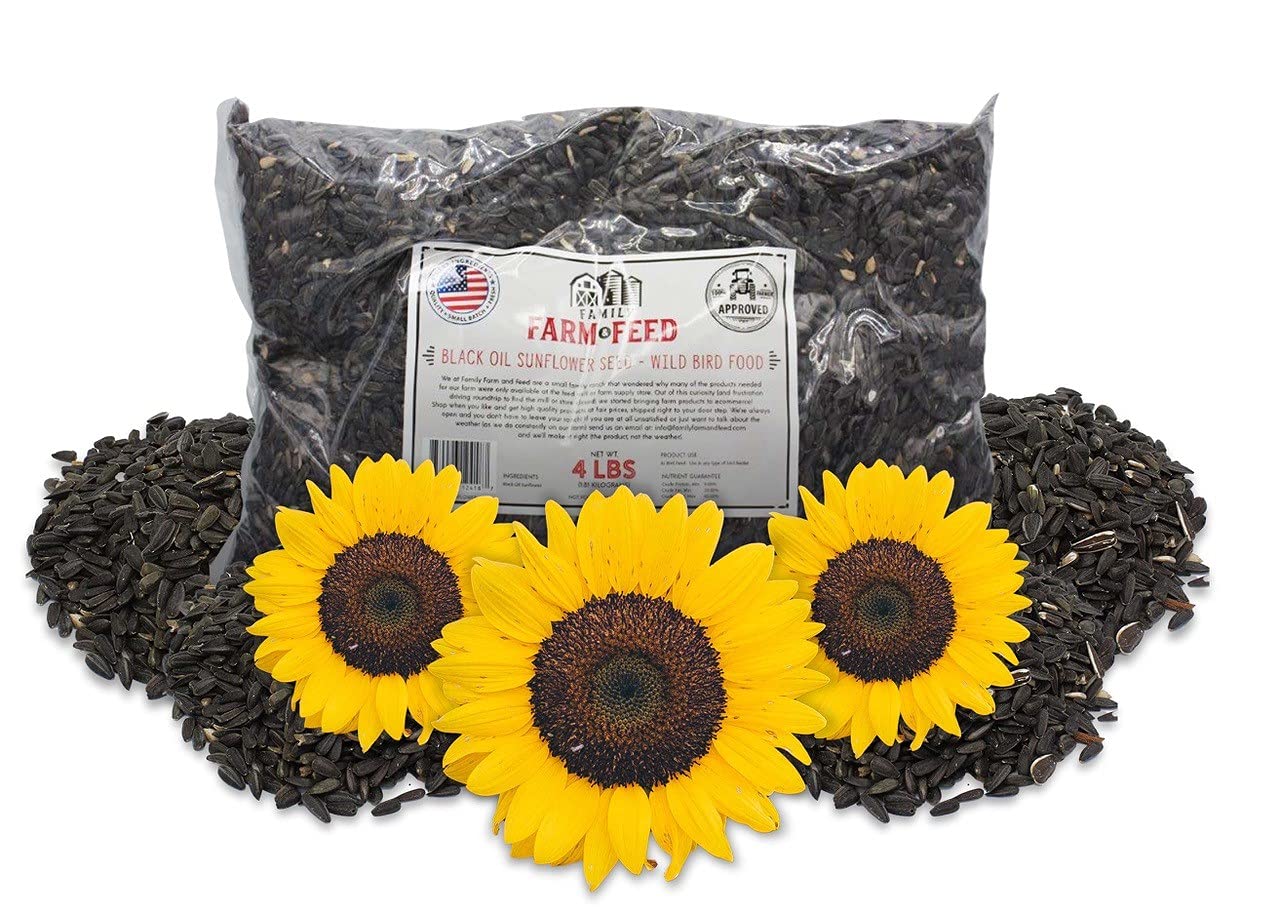

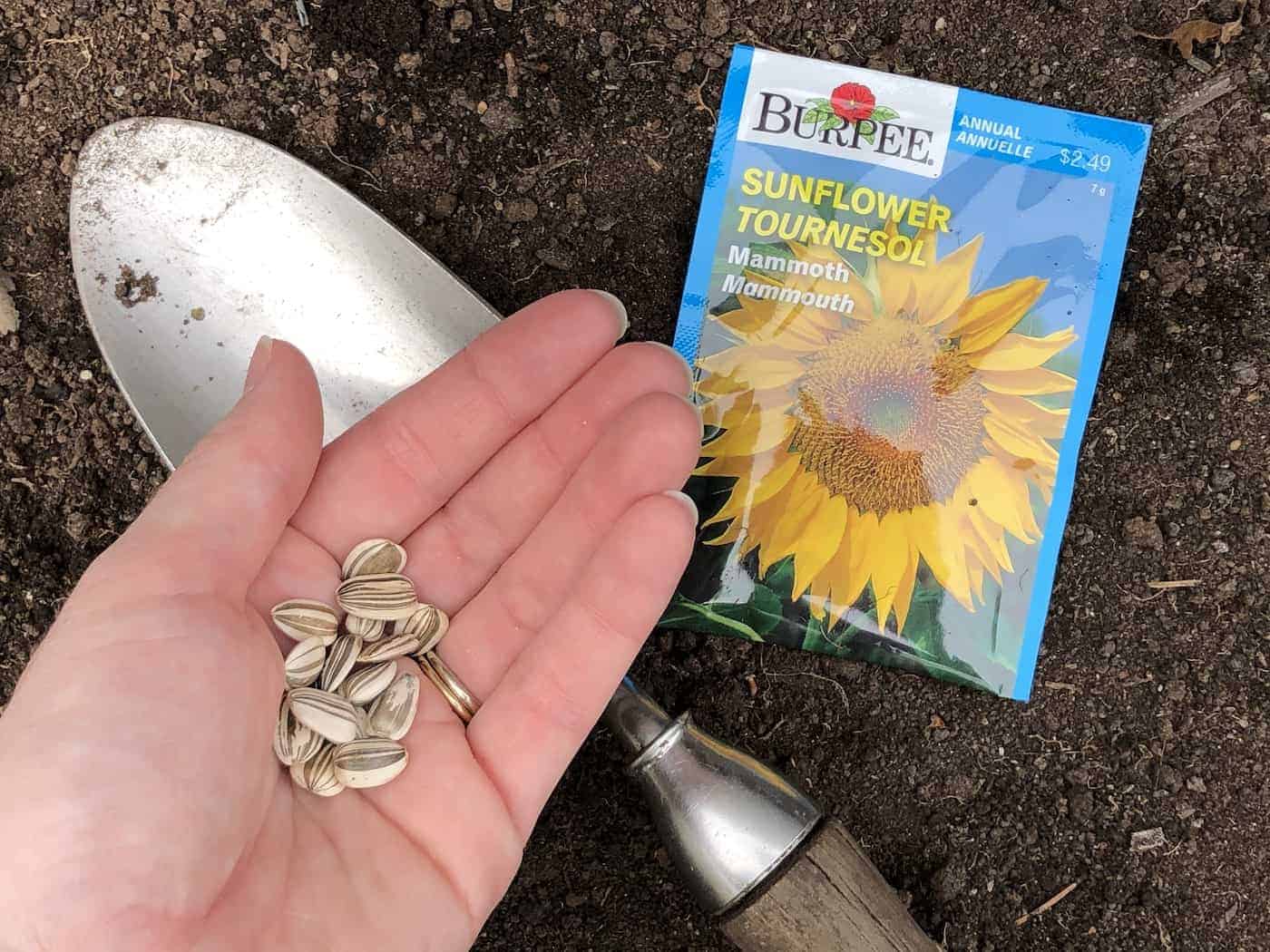
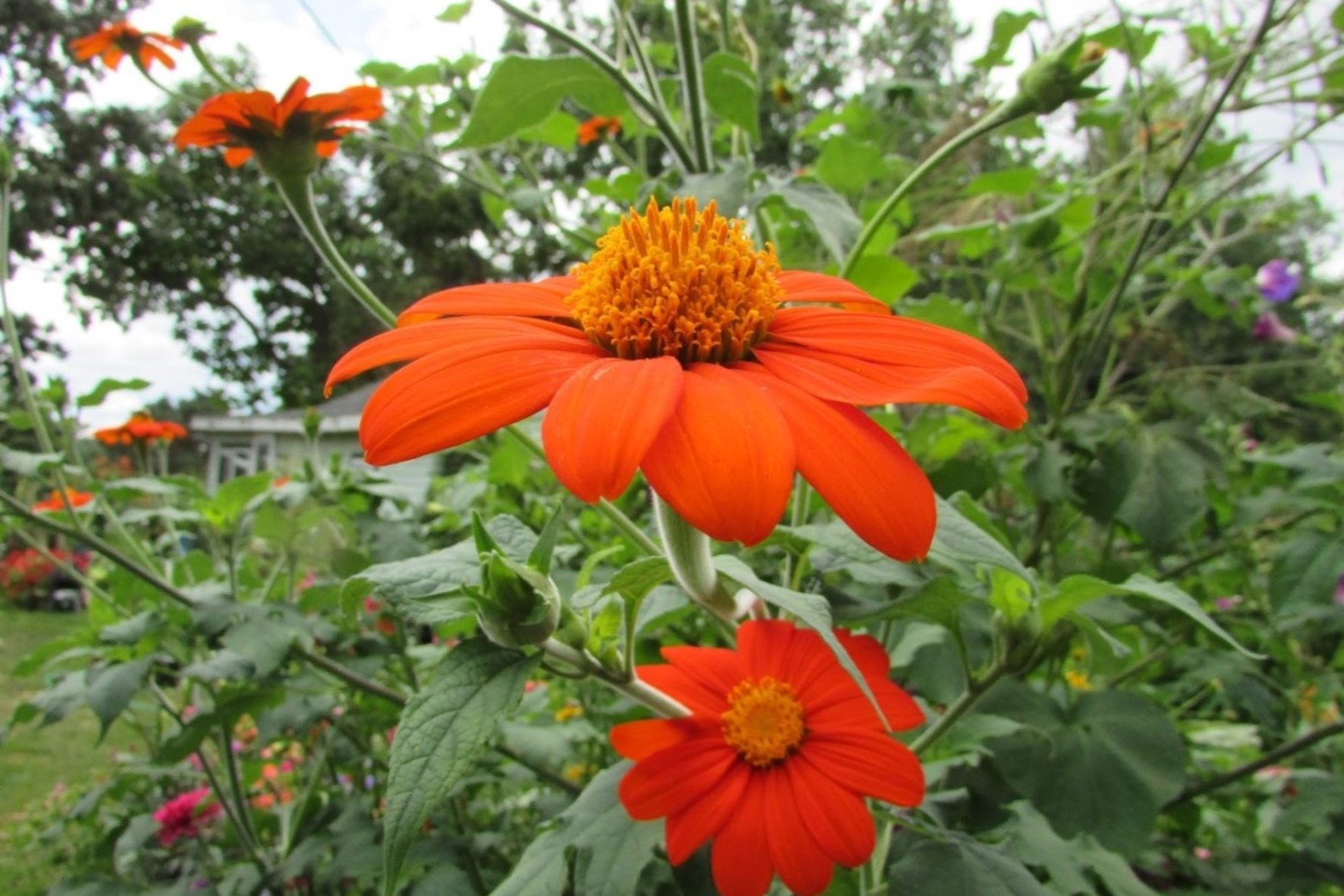
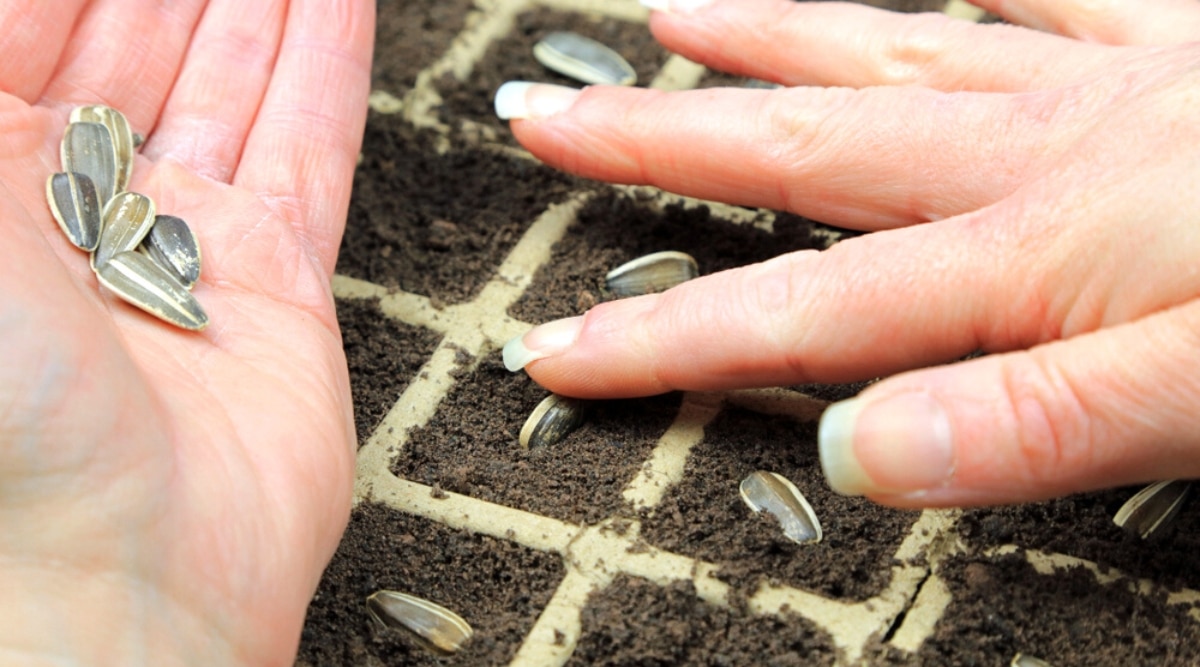
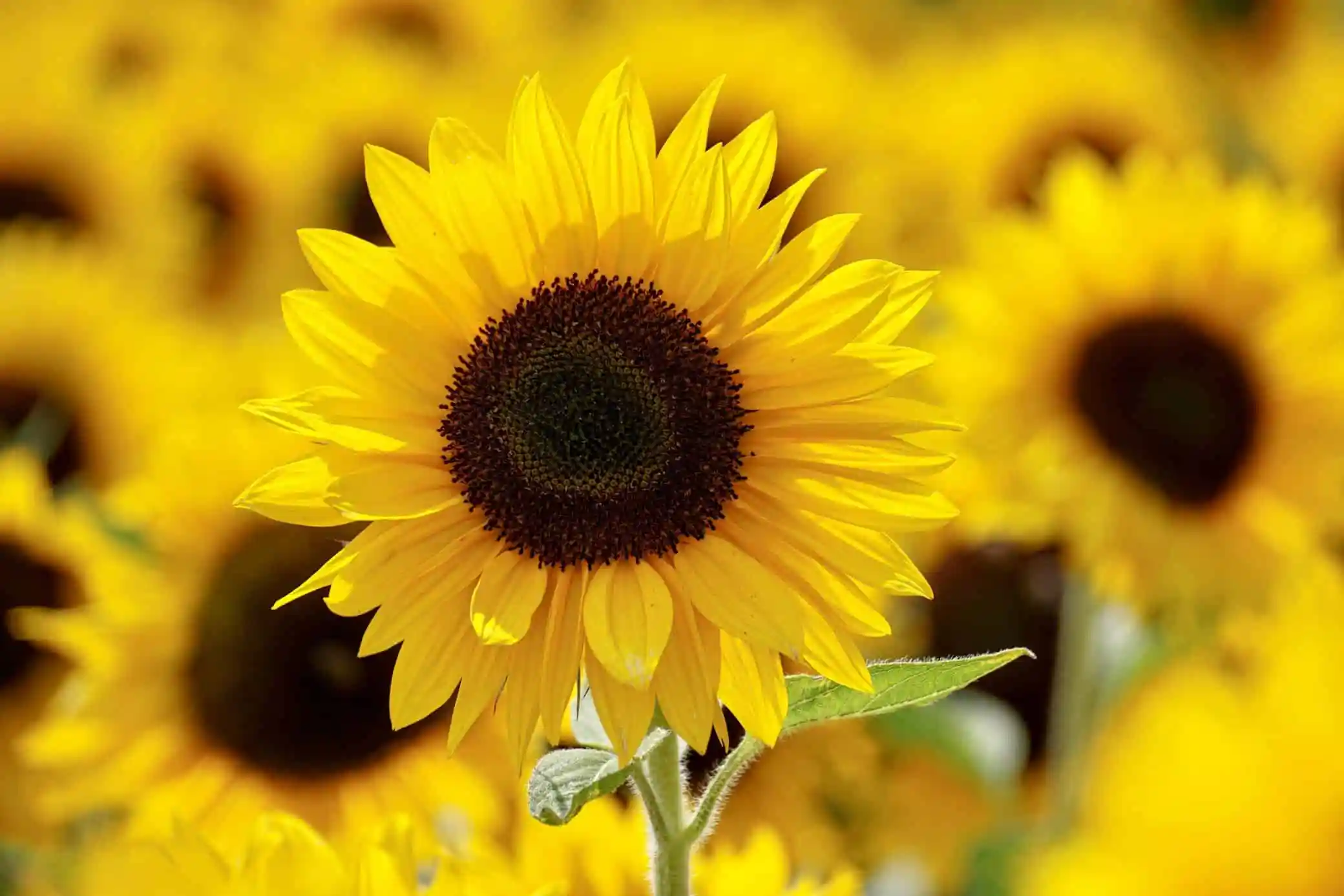
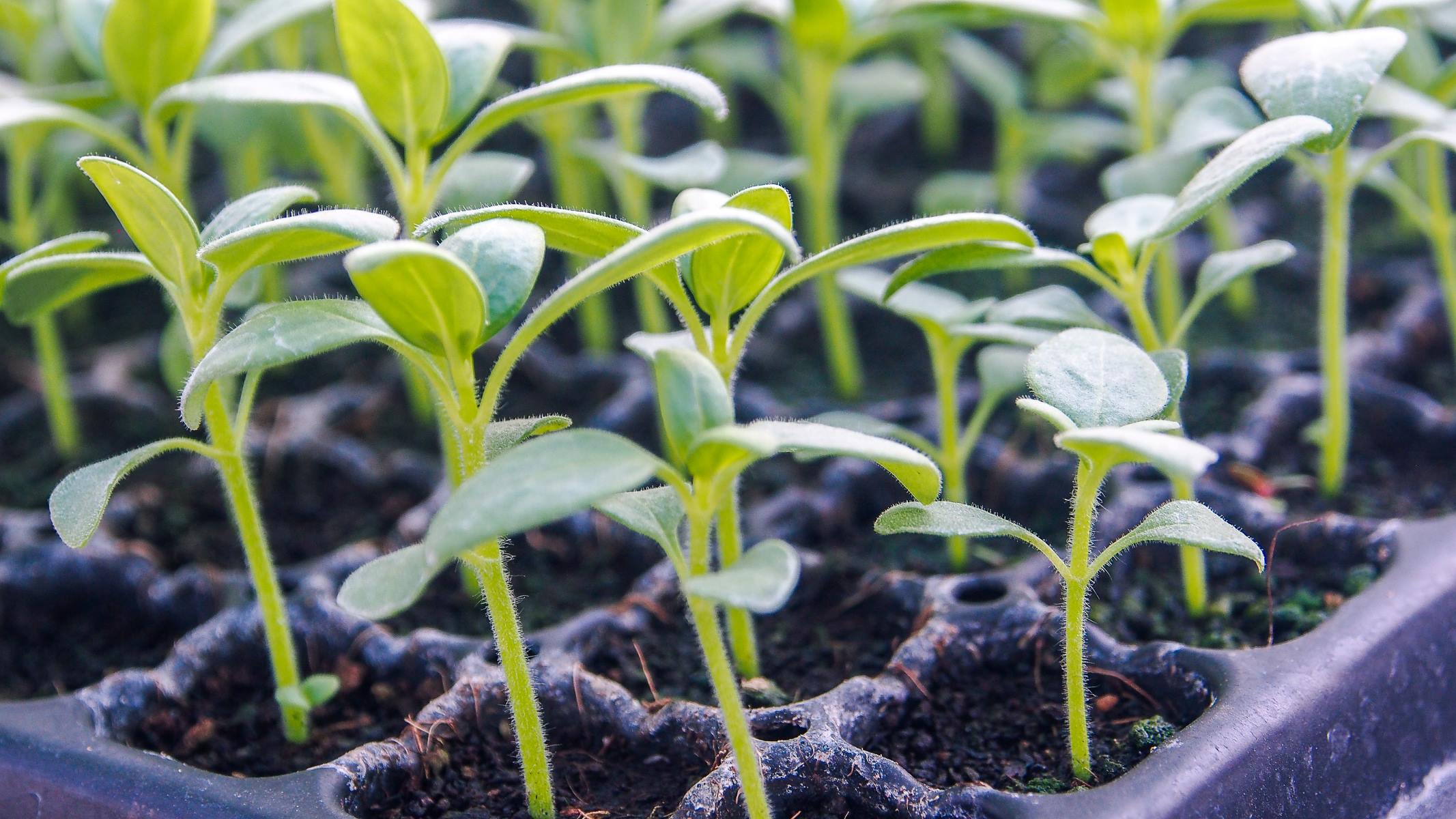
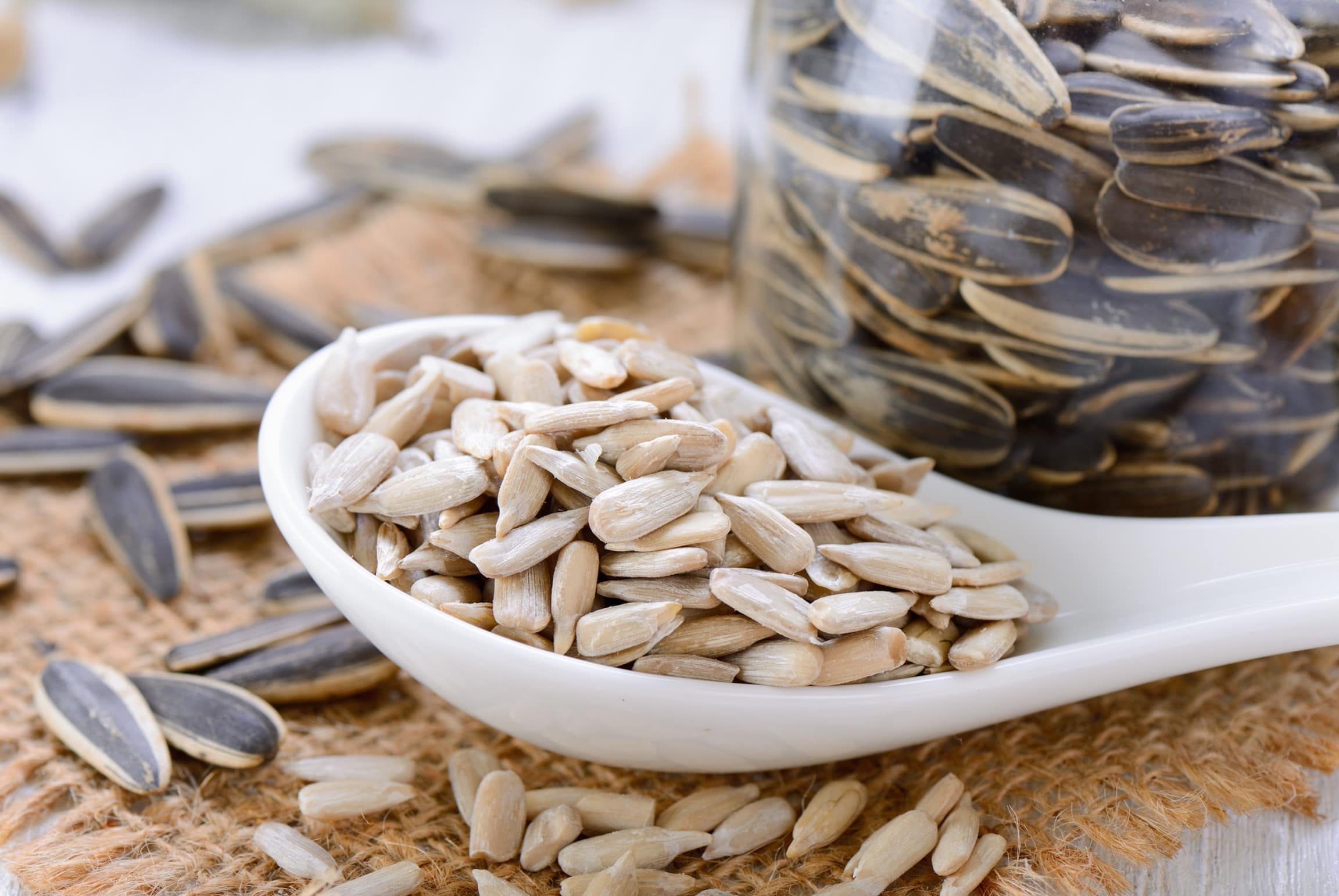
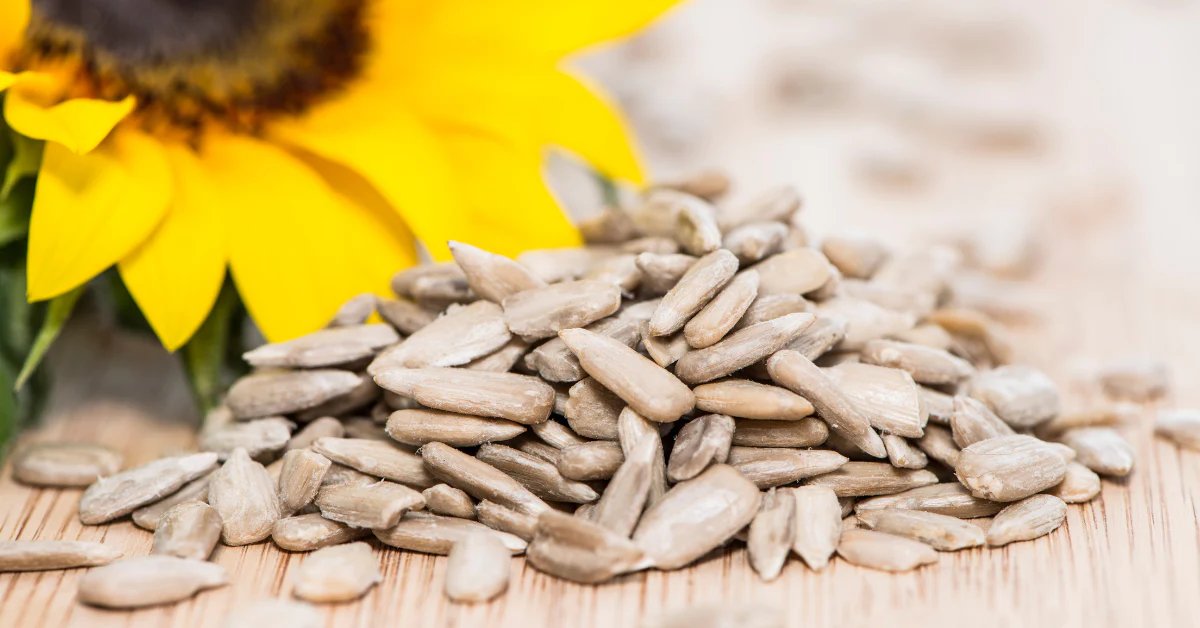
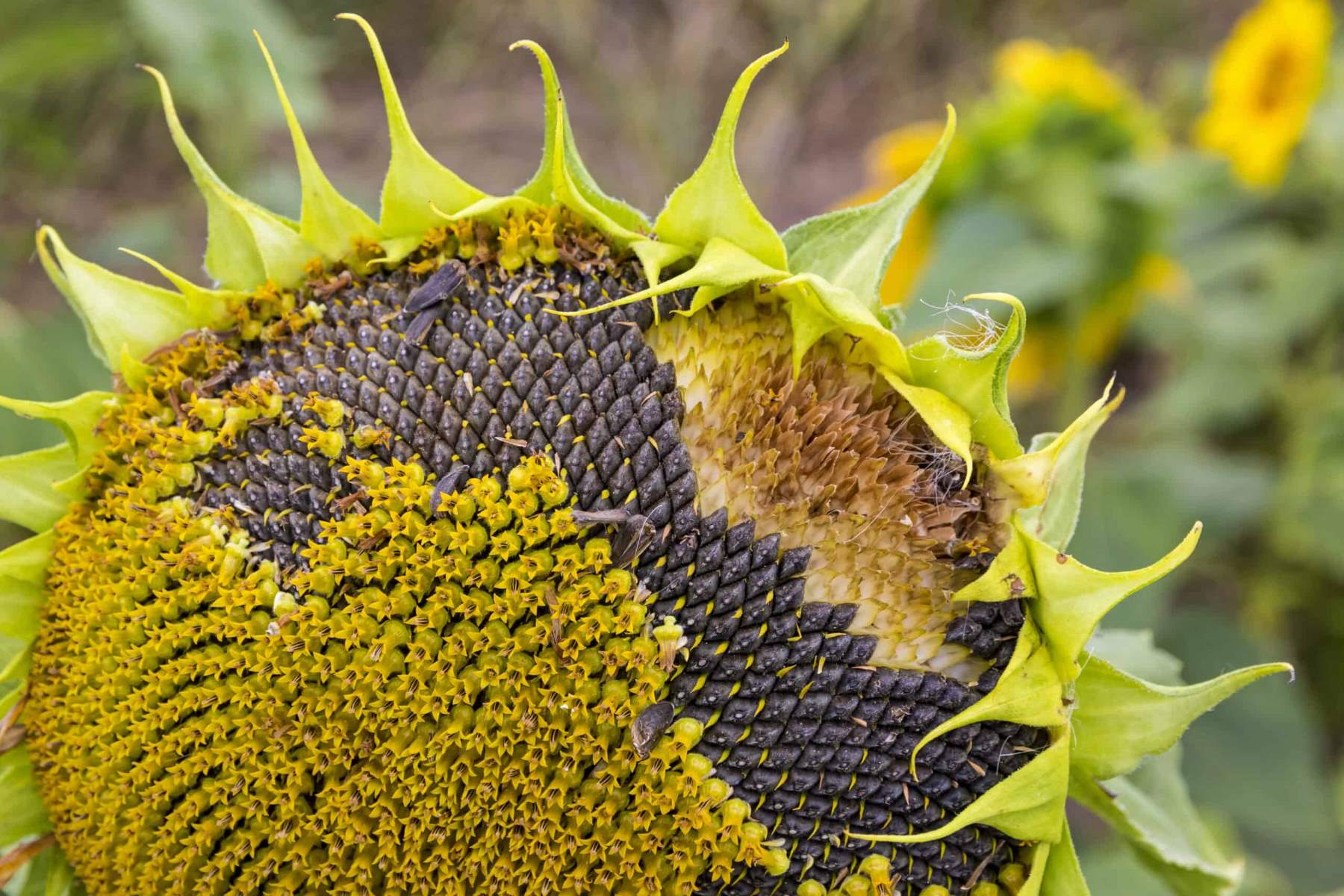



0 thoughts on “How And When To Plant Sunflower Seeds”